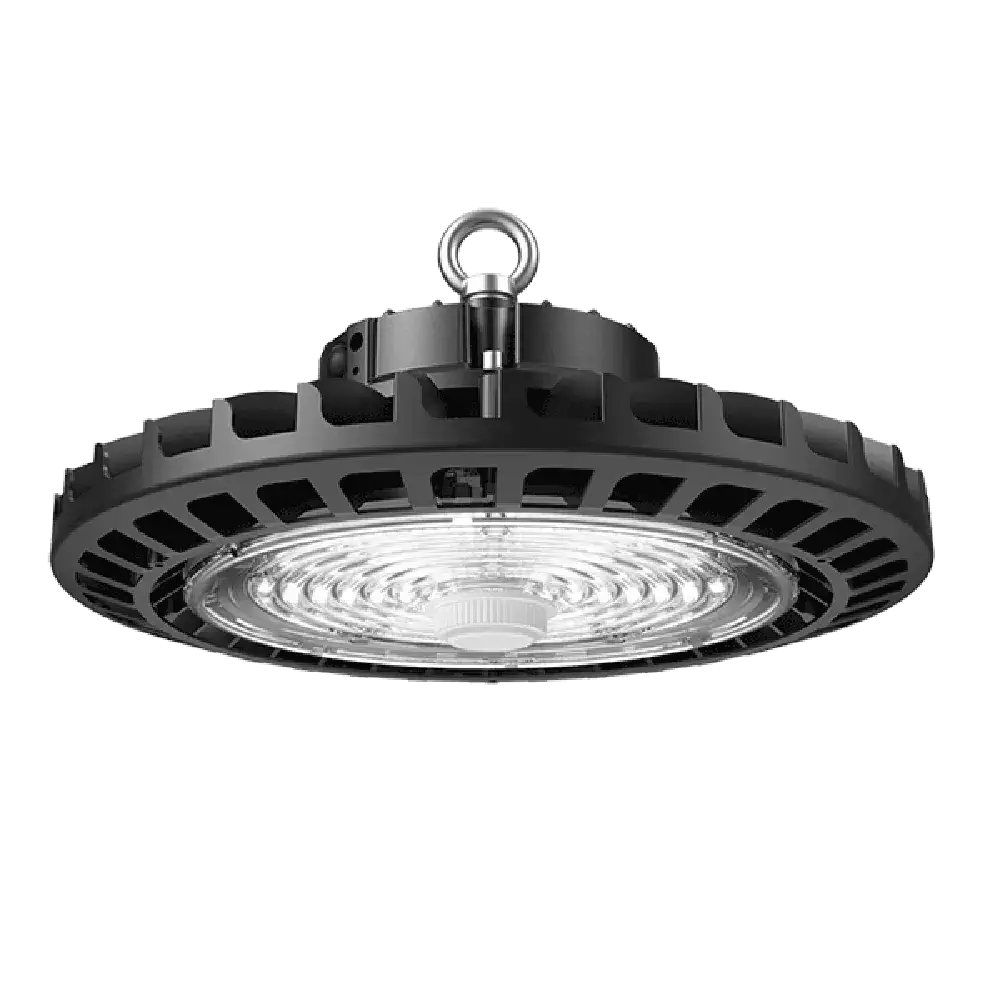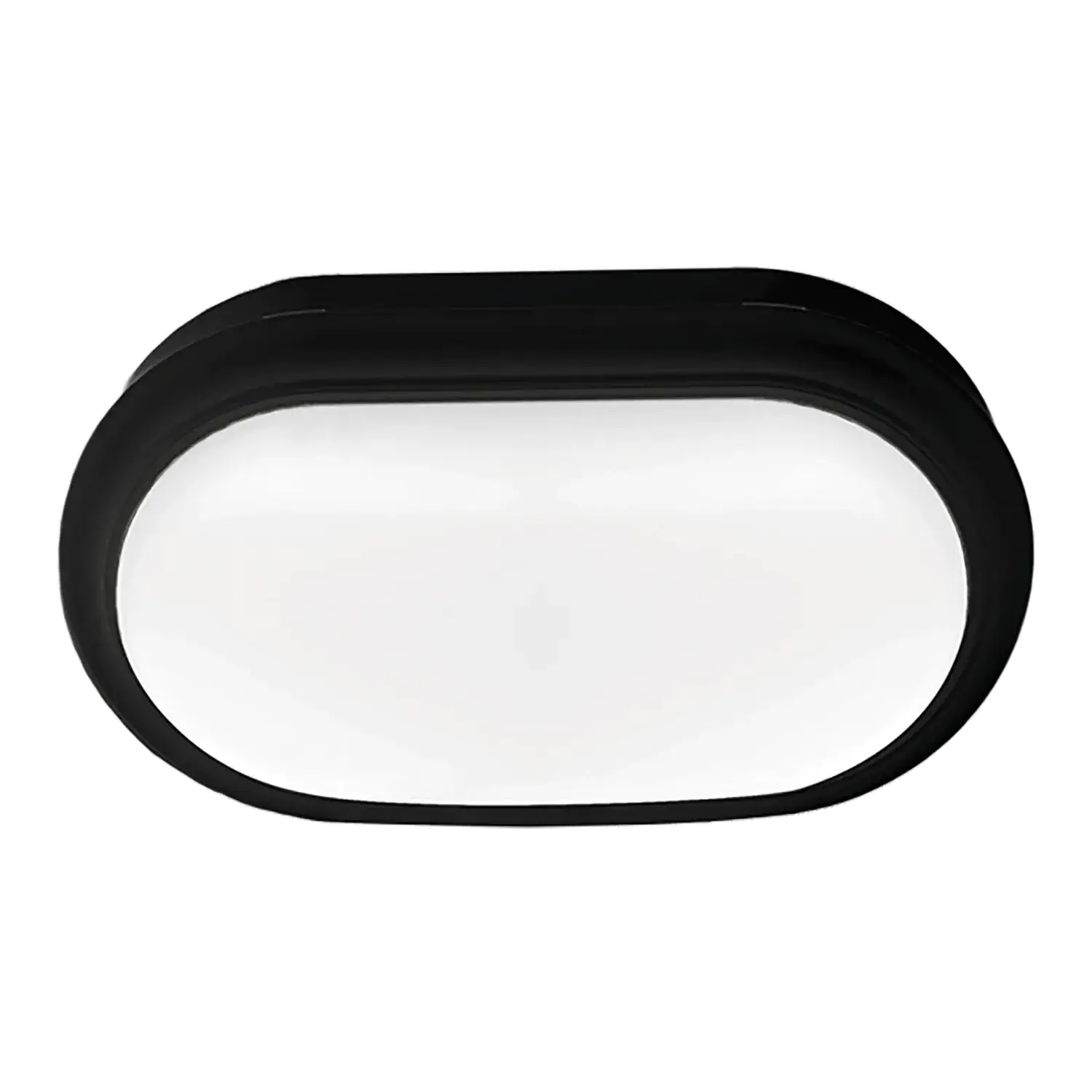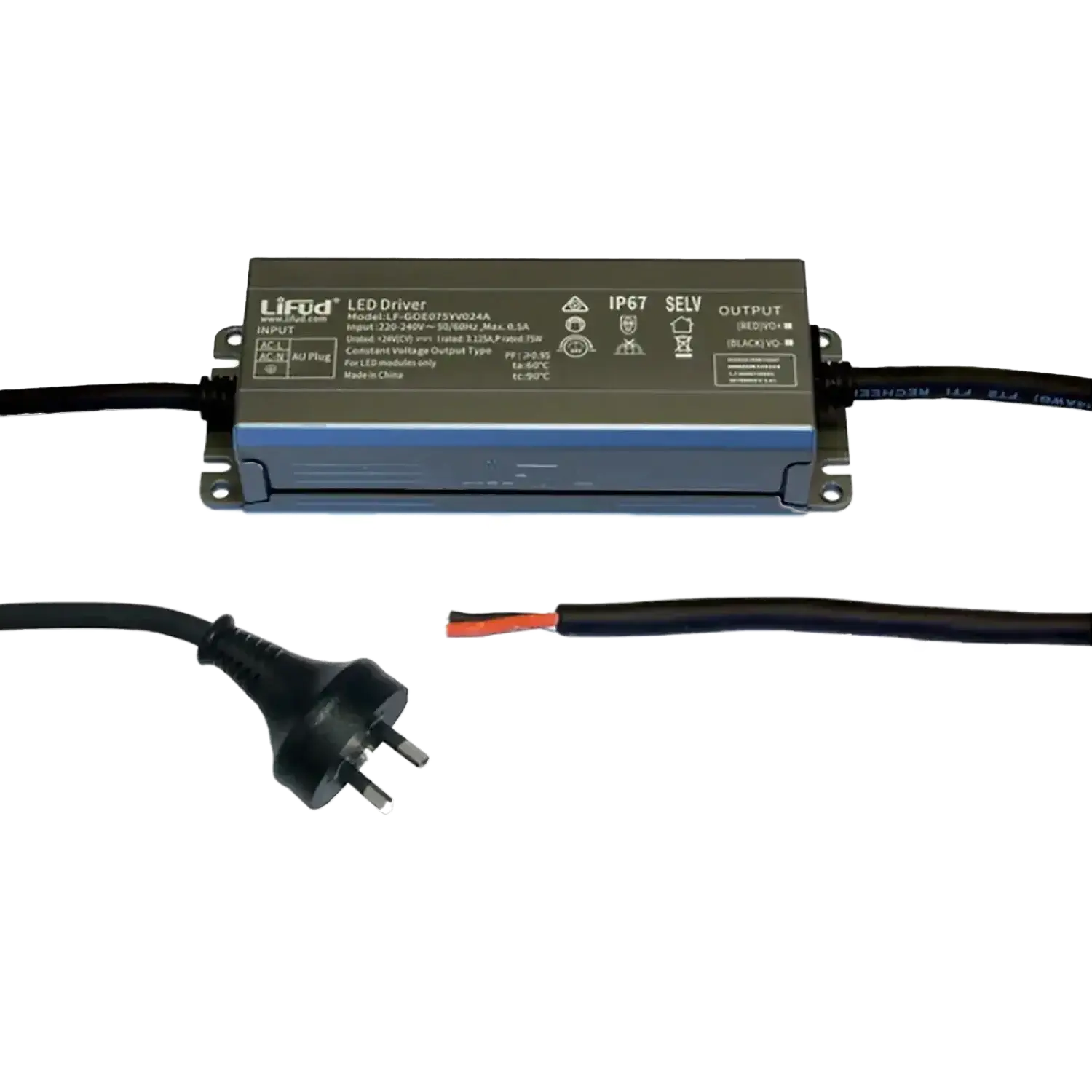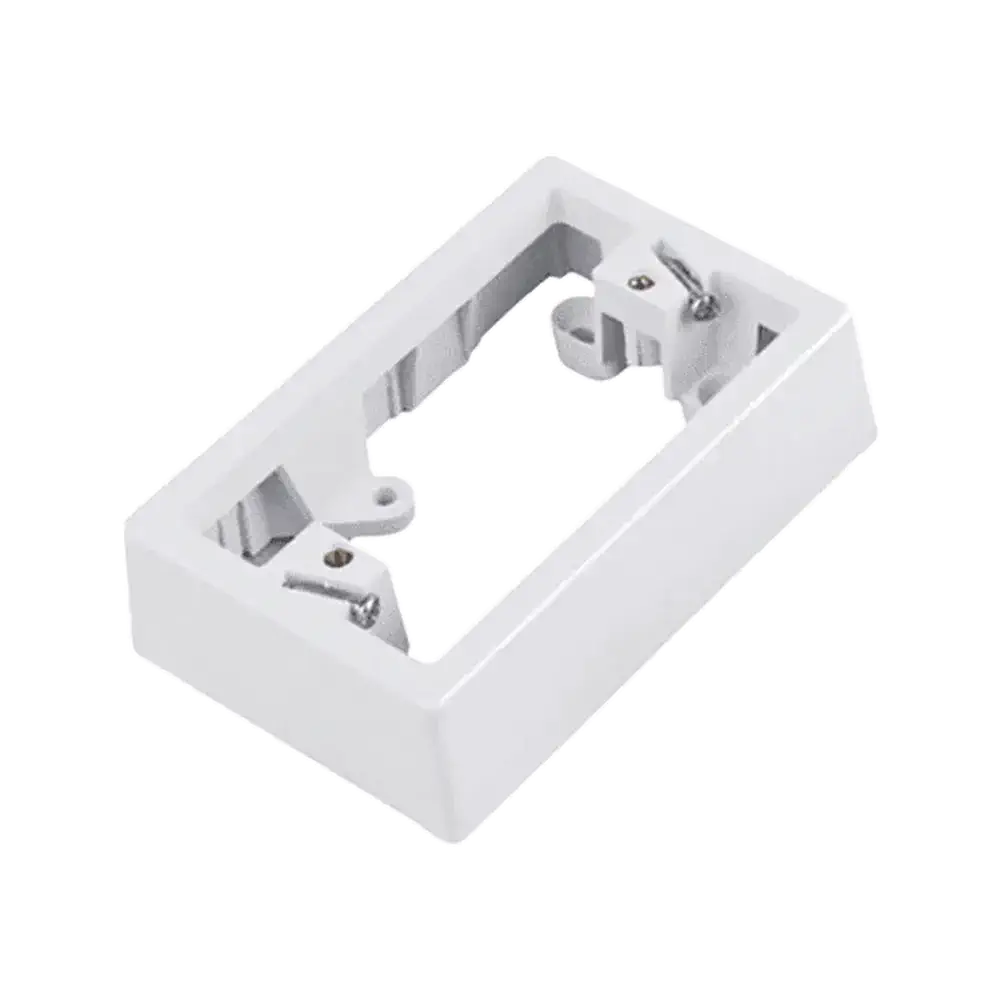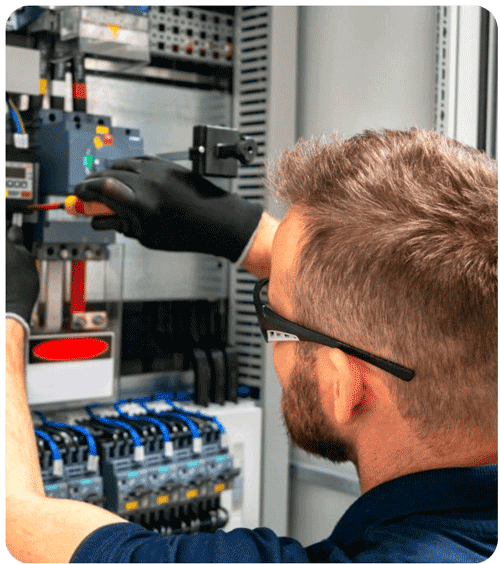When upgrading the electrical system in an older home, there are several key considerations to ensure safety, compliance, cost-efficiency, and future-proofing. Below is a structured guide covering why the upgrade is necessary, planning tips, common upgrades, and advice on materials and finding the right electrician.
Why Do You Need an Electrical Upgrade?
Safety
- Most older homes in New Zealand have outdated wiring (such as VIR or aluminum wiring) that can degrade over time and pose a fire hazard.
- Older systems often lack modern safety features like RCDs (Residual Current Devices) or grounded outlets, increasing the risk of electrical shock or fires.
Compliance with Current Regulations
- New Zealand’s Healthy Homes Standards mandate certain upgrades in rental properties, including:
- Range hoods in kitchens.
- Extractor fans in bathrooms.
- Smoke alarms in all rental properties.
- Keeping your property compliant ensures legal peace of mind and avoids fines.
Handling Increased Electrical Load
- Older wiring may not support modern electrical appliances like heat pumps, EV chargers, or smart home systems.
- Upgrading ensures that your home’s electrical infrastructure can handle greater power demand.
Insurance Requirements
- Many insurance companies refuse to cover homes with outdated electrical systems due to the associated risks.
- Upgrading the wiring and installing safety devices, such as RCDs, may be necessary to secure or maintain insurance coverage.
What is Required in the Planning Phase?
Assessment by a Licensed Electrician
- Have the home thoroughly inspected by an Electrician registered with the Electrical Workers Registration Board (EWRB).
- They will identify safety concerns, wiring issues, and areas for improvement.
Budgeting and Quoting
- Get quotes from at least three electricians to compare costs and timelines.
- Plan for contingencies, as older homes may have hidden issues like damaged wiring or asbestos in switchboards.
Sourcing Materials
- Decide whether you want to purchase electrical accessories and materials yourself (e.g., switchboards, lighting, and wiring) or let the electrician supply them.
- Prioritize reliability and safety certificates (e.g., SDOCs – Supplier Declaration of Conformity).
Prioritize Safety Upgrades
- Focus first on rewiring, switchboard upgrades, and RCD installations. These upgrades improve safety and future-proof the home.
Common Electrical Upgrades
Rewiring the Home
- Replace old or degraded wiring (such as VIR or aluminum) with modern copper wiring for improved safety and efficiency.
- This is essential to reduce the risk of electrical faults and fire hazards.
Cost: $6,000–$15,000, depending on the size of the home.
Switchboard Upgrades
- Replace outdated switchboards with modern units that include circuit breakers and RCDs for enhanced protection.
Cost: $1,500–$2,500 depending on complexity.
Adding Power Points and USB Outlets
- Older homes often lack sufficient sockets. Installing extra power points with USB outlets ensures you avoid overloading circuits.
Cost: $50–$200 per outlet.
Lighting Upgrades
- Swap out incandescent or halogen lights for LEDs to improve energy efficiency and reduce power bills.
- Consider installing downlights or feature lighting to modernize the space.
Smart Home Integration
- Install smart switches, thermostats, sensors, and other connected systems to control lighting and appliances remotely and optimize energy use.
Outdoor Wiring and Lighting
- Install IP65-rated outdoor lighting and weatherproof outlets for durability in New Zealand’s changing weather conditions.
Electric Vehicle (EV) Charger Installation
- Prepare your home for the future by installing a dedicated home EV charger. This requires specialized wiring and a compatible switchboard.
Surge Protection Devices
- Protect appliances and electronics from voltage spikes by installing surge protection in the switchboard.
Choosing the Right Electrician
Licensing and Experience
- Ensure the electrician is licensed with the EWRB.
- Select an electrician with experience in older homes, as they will be more familiar with the unique challenges involved.
References and Reviews
- Ask for previous project references and check online reviews to confirm the quality of their work.
Getting Multiple Quotes
- Obtain at least three quotes to find the best balance between quality and price.
- Some electricians offer package deals that can reduce costs.
Sourcing Materials: Buy Yourself or Let the Electrician Handle It?
Purchasing Materials Yourself
- Pros:
- You can find better deals on products if you have time to shop around.
- You have greater control over the quality and brands used in the upgrade.
- Cons:
- Some electricians may charge higher labor-only fees.
- If the materials are incorrect or incompatible, it may delay the project.
Letting the Electrician Supply Materials
- Pros:
- Electricians have access to trade discounts and know which products are compatible.
- They take full responsibility for the quality of materials and installation.
- Cons:
- You may have less control over the choice of products and brands.
- It may be slightly more expensive than sourcing items yourself.
Which Option is Cheaper?
- Labor-only electricians can be more affordable if you are confident in sourcing the right materials.
- However, if you want a hassle-free experience, it may be worth paying a bit more to have the electrician handle everything.
Where to Find the Best Products and Verify Quality
- Specialized Electrical Suppliers: Check out dedicated stores like Sparky Shop for quality electrical accessories.
- DIY Retailers: Larger retailers like Bunnings and Mitre 10 offer a range of products, though they may not have specialized items.
- SDOCs (Supplier Declaration of Conformity):
- Ensure that all electrical products comply with New Zealand standards.
- SDOCs confirm that the products meet regulatory requirements and are safe for use.
Conclusion
Upgrading the electrical system in an old home in New Zealand is a smart investment that improves safety, compliance, and energy efficiency. Whether it’s replacing outdated wiring, upgrading the switchboard, or adding modern appliances, careful planning is key to a successful upgrade. Working with a licensed electrician, budgeting properly, and deciding whether to source your own materials can make the process smoother and more cost-effective. Prioritize safety, compliance, and future needs, and you’ll enjoy a more comfortable and secure home.





